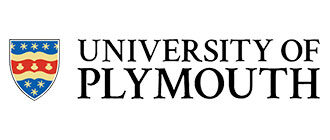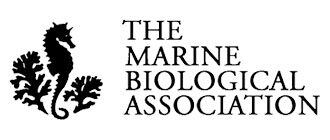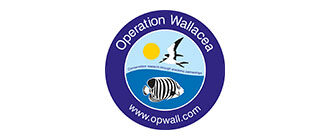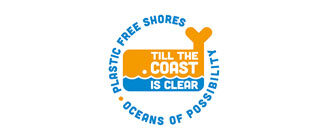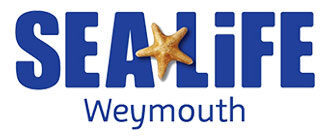In May 2021 SeaHive shelters were included in an experiment conducted by the Marine Biological Association (MBA) in Plymouth, UK, at their newly refurbished research facility. The experiment had two objectives, i) to observe the behaviour of juvenile fish ( Thick Lipped Grey Mullet ) in the presence of a SeaHives, and ii) to measure any possible decomposition of the plastic tubes.
The experiment successfully recorded that the fish were seen to be positively attracted to the structures, preferring to remain in close proximity to them, and no contamination of the sea water was detected.
In 2018 a prototype SeaHive was suspended in a research area near Skomer Island, in West Wales. The surface of the SeaHive was rapidly colonised by barnacles, which by 2021 had been replaced by calcareous Tube Worms, sponges and other filter feeding animals. Many commercially valuable juvenile crustaceans, including Brown Crab and Prawns were recorded occupying the SeaHive, and small schools of fish seen in close proximity to it.


